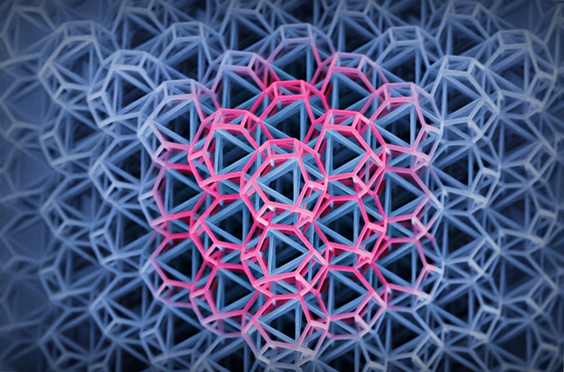
Charles R. Goulding and Preeti Sulibhavi consider how investments into metamaterials may impact long-term 3D printing application evolution.
In early June 2021, it was disclosed that Bill Gates is the leading investor in Metavallon VC, a $100 million venture capital fund for metamaterials. Metamaterials may be defined as any material that is engineered to have a property that is not found in naturally occurring materials. They are made from the assembly of multiple elements fashioned from composite materials such as metals and plastics. Interestingly, this is Gates’ fourth investment in this nascent technology. The other three investments include Pivotal Commware, Kymeta Corporation and Lumotive. The business description of each of the four companies is as follows.
Metavallon VC
A venture capital firm investing primarily in early stage technology startups, Metavallon provides development support through pre-seed and seed stage investments. Their market-driven process is designed to help gain traction through unique pilot opportunities, guidance for rapid iterations and international exposure.
Pivotal Commware
The company is focused on beamforming using an RF circuit design, advanced DARPA technology programs, machine learning and, uniquely active/nonlinear metamaterials. Pivotal recognizes the wireless demand for data has outgrown complex coding that has been deployed thus far and is offering high-tech solutions.
Kymeta Corporation
Based out of Redmond, Washington, Kymeta manufactures flat-panel satellite antennas and provides connectivity services, bringing both satellite and cellular networks to customers around the world. The industries impacted by Kymeta include defense, government agencies, public safety and commercial operators.
Lumotive
Providing solid-state 3D sensing systems, developing high-performance solutions for consumer electronics, industrial automation, robotics and automotive applications, Lumotive’s LiDAR solutions leverage its revolutionary beam-steering technology (based on patented Liquid Crystal Metasurfaces) to deliver high performance and readily adaptable object tracking and advanced perception capabilities.
Companies taking on similar endeavors may be eligible for Research and Development Tax Credits.
The Research & Development Tax Credit
The now permanent Research and Development (R&D) Tax Credit is available for companies developing new or improved products, processes and/or software.
3D printing can help boost a company’s R&D Tax Credits. Wages for technical employees creating, testing and revising 3D printed prototypes can be included as a percentage of eligible time spent for the R&D Tax Credit. Similarly, when used as a method of improving a process, time spent integrating 3D printing hardware and software counts as an eligible activity. Lastly, when used for modeling and preproduction, the costs of filaments consumed during the development process may also be recovered.
As of 2016, eligible startup businesses can use the R&D Tax Credit against $250,000 per year in payroll taxes.
Whether it is used for creating and testing prototypes or for final production, 3D printing is a great indicator that R&D Credit eligible activities are taking place. Companies implementing this technology at any point should consider taking advantage of R&D Tax Credits.
Conclusion
Although metamaterials is a nascent technology not currently available for many 3D printing applications, our expectation, like any materials category, is that it will present a long-term 3D printing opportunity.
